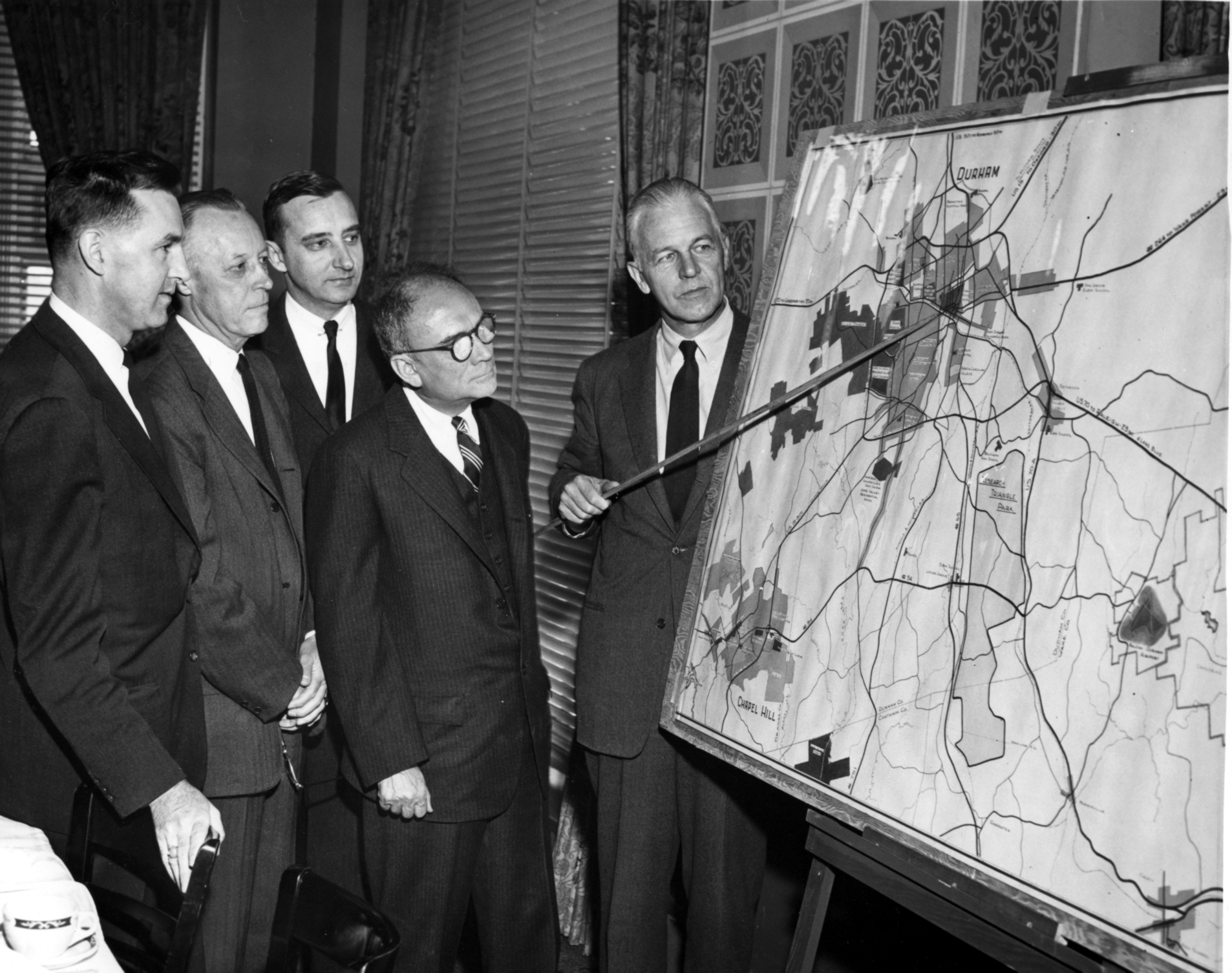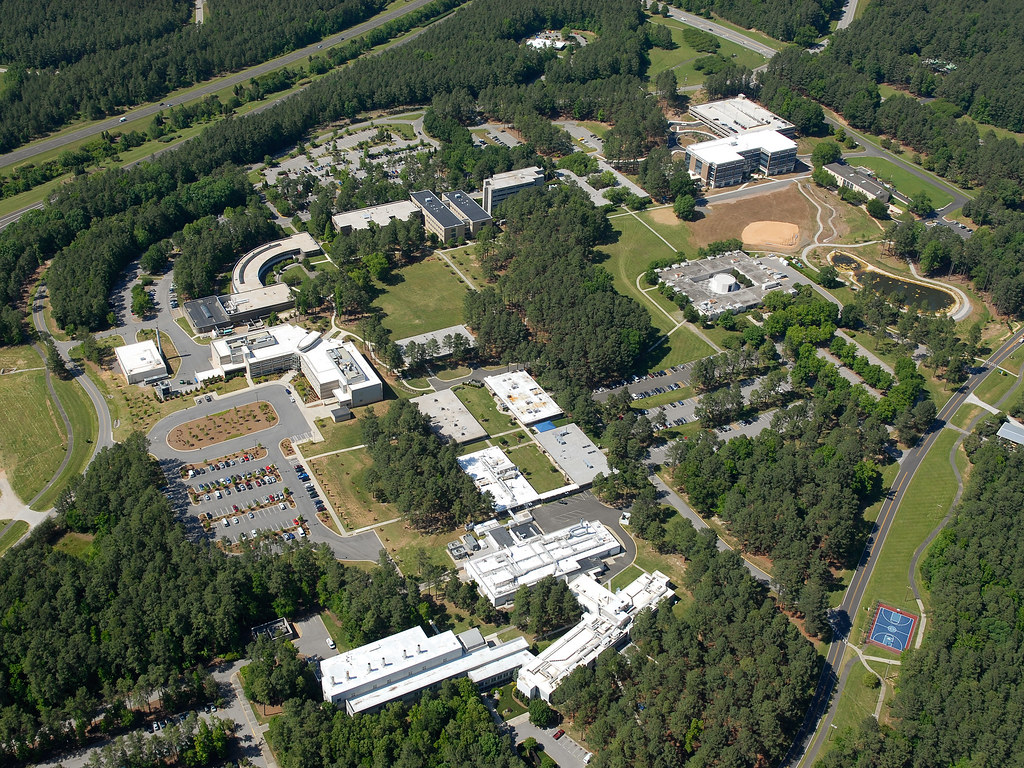It’s almost impossible to talk about North Carolina’s piedmont region without highlighting the “Research Triangle Park”. Raleigh, Durham and Chapel Hill comprise the area known as “The Triangle”. All three cities are anchored by their major universities: North Carolina State University, Duke University and the University of North Carolina at Chapel Hill, respectively. The talent pipeline that is produced by the universities directly supports RTP’s ecosystem. Census data shows that the Research Triangle is one of the fastest-growing areas in the U.S., with a population that’s surged by 5.6% since 2020 to 2.4 million people.
 In the 1950’s, North Carolina’s per capita income was one of the lowest in the Southeast and nation at $1,049. Business and government leaders grew concerned about the economic future of the state as new graduates were leaving the state in droves for better jobs outside of the state’s major industries of agriculture, furniture, and textiles. Robert Hanes, the president of Wachovia Bank and Trust Company, Romeo Guest, a Greensboro contractor, and other leaders, planned how to attract modern industries to the Tar Heel State. Research Triangle Park was their innovative solution, and it later became one of the top five research centers in the United States. RTP was deemed the “South’s most successful high-technology venture” by historian Numan V. Bartley. In 1952, leaders discussed the idea of making RTP a private endeavor by partnering with the region’s three major universities, instead of a being a government-sponsored project. The Research Triangle Committee was formed in 1956 after the venture changed from a profit to non-profit status. Five companies located in RTP at the end of 1959, and the research center continued to attract more.
In the 1950’s, North Carolina’s per capita income was one of the lowest in the Southeast and nation at $1,049. Business and government leaders grew concerned about the economic future of the state as new graduates were leaving the state in droves for better jobs outside of the state’s major industries of agriculture, furniture, and textiles. Robert Hanes, the president of Wachovia Bank and Trust Company, Romeo Guest, a Greensboro contractor, and other leaders, planned how to attract modern industries to the Tar Heel State. Research Triangle Park was their innovative solution, and it later became one of the top five research centers in the United States. RTP was deemed the “South’s most successful high-technology venture” by historian Numan V. Bartley. In 1952, leaders discussed the idea of making RTP a private endeavor by partnering with the region’s three major universities, instead of a being a government-sponsored project. The Research Triangle Committee was formed in 1956 after the venture changed from a profit to non-profit status. Five companies located in RTP at the end of 1959, and the research center continued to attract more.
The Park’s existence helped lure companies to the university talent pipeline while also retaining North Carolina’s educated and skilled students. According to local data, the Triangle region has about 4,000 tech and 600 life science companies, and more than 300 companies are headquartered in RTP alone. The impact from RTP has created significant innovations nationally. The UPC Barcode and Scanner were developed in RTP by IBM – a $17 billion business today. RTI International is credited with creating the Taxol Anti-Cancer Drug, a drug that has saved the lives of thousands of cancer patients while being the most prescribed cancer drug of all time.
Companies like FUJIFULM Diosynth Biotechnologies, Meta, Novo Nordisk, and BASF continue to grow their operations in the Park, while advocating for the advantages of doing business in the region. “We have Google and Apple in the tech sector, but you have companies like Novo Nordisk that have been here for over 30 years and continue to make incredible investments due to the region’s talent, economy, and cost of living,” said Ryan Combs, executive director of the Research Triangle Regional Partnership. CNBC ranked North Carolina as the 4th Best Economy in the Nation – a tremendous stride since 1950 due largely in part to the Research Triangle Park!
Read more about the history and economic impact of RTP here.

Comments
There are no comments yet.
Leave a Comment